湖边插件塔,北京,中国
2021-06-03建筑设计何哲沈海恩臧峰
建筑设计:何哲,沈海恩,臧峰
Architects: HE Zhe, James Shen, ZANG Feng
湖边插件塔是一处480m2的住居混合空间,作为中央政府设立的国家级“模范城市”雄安新区的试点项目,与深圳建筑科学研究院联合开发,后者长期为可持续建筑设计和城市发展提供解决方案。雄安新区距京西南100km,作为集中疏解北京非首都功能的承载地,新区旨在优化京津冀城市布局和空间结构,培育创新驱动发展新引擎。为保证新区的住房价格合理,所有住房都享有政策补贴。新区100%使用清洁电力,保留10%面积的永久基本农田,致力于打造成一个低碳型生态城市。
为了尽量减少建筑物对场地的影响,插件塔设置在分布式混凝桩基础上。 整座建筑高出地面一层,以便雨水渗透到地下。该设计符合海绵城市理念,以减少城市积水和地表污染。架高的建筑同时充分考虑到地上植被的日照,充足的阳光使其蓬勃生长。
建筑使用预制工艺,以降低成本,提高施工效率。建筑围护采用插件面板系统,与主体钢结构分开建造。模块化的插件面板使得建筑物在使用寿命期内实现最大的灵活性。连接面板的偏心锁被集成到面板中,非熟练人员使用简单工具即可手动安装。随着时间的推移,整个建筑物可以根据需要扩展或迁移,而不会影响其余部分。这种灵活性大大扩展了建筑物的可用性,同时降低了未来装修的成本。
该建筑依据近零能耗建筑标准设计。屋顶覆盖太阳能电池板。插件面板外立面采用高能效的刚性绝缘材料,房屋采暖集成在地板中,落地窗可实现最大程度的自然通风。每个楼层都连接到包含垂直环流的服务塔和一个可持续进行废水处理的净化槽。
湖边插件塔为新区提供了一种住宅开发的全新模式,建筑物充分融入自然环境,而破坏性极小。它被视为一个系统而非一种一次性的手法,是政策支持的典型住房开发的另外选择。该项目的创新实例覆盖各个层面,包括新型建筑材料的开发,可随时间变化的灵活结构系统以及可持续技术的整合。
项目信息/Credits and Data
客户/Client: 深圳市建筑科学研究院股份有限公司/Shenzhen Institute of Building Research Co., Ltd.
施工合作方/Structure: 中建钢构有限公司/China Construction Steel Structure Co., Ltd.
项目团队/Project Team: 李正华,冯紫晴,相未星,周雨茜,梁国强,王雅欣/LI Zhenghua, FENG Ziqing, XIANG Weixing, ZHOU Yuxi, LIANG Guoqiang, WANG Yaxin
规模/Size: 480 m2
设计时间/Design Period: 2017.10
施工时间/Construction Period: 2017.11-2017.12
摄影/Photos: 金伟琦,众建筑/JIN Weiqi, People's Architecture Office

1 外景/Exterior view
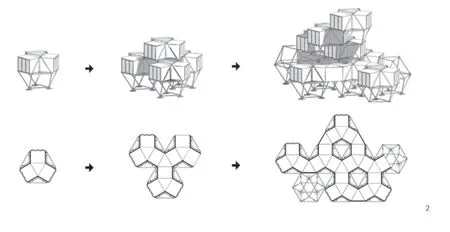
2-4 分析图/Analysis diagrams
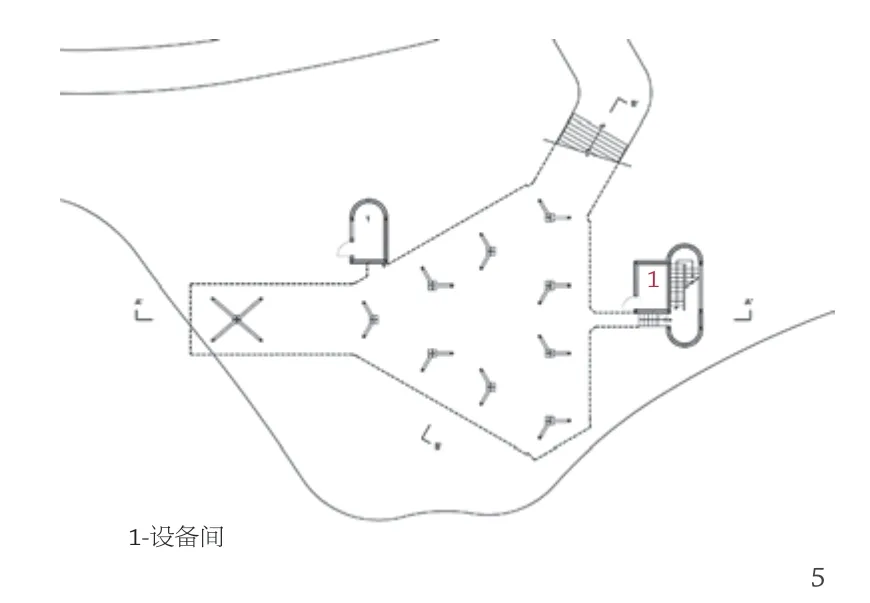
5 首层平面/Ground floor plan
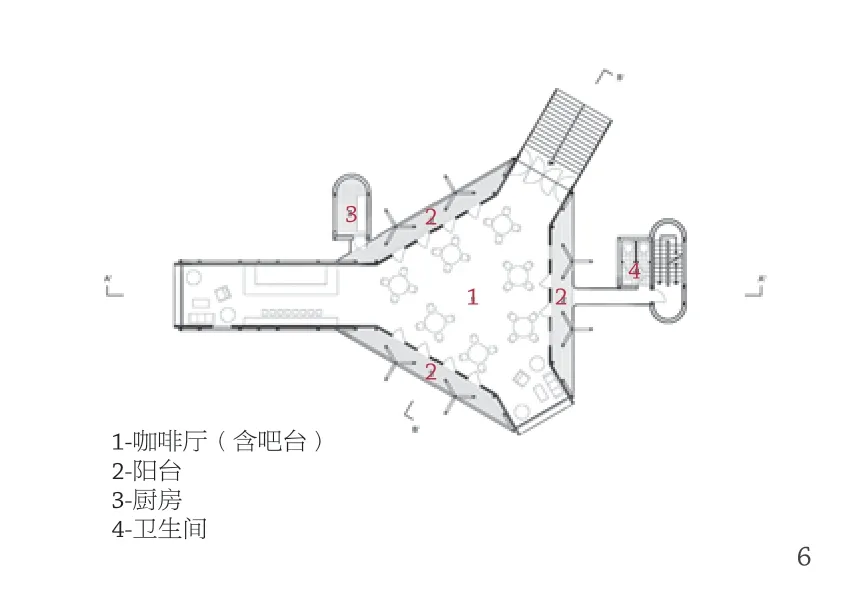
6 二层平面/First floor plan
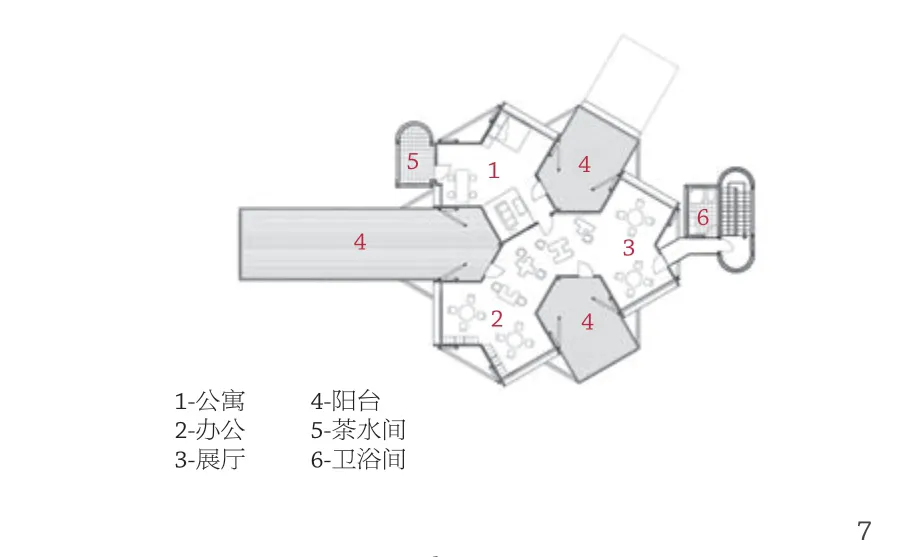
7 三层平面/Second floor plan
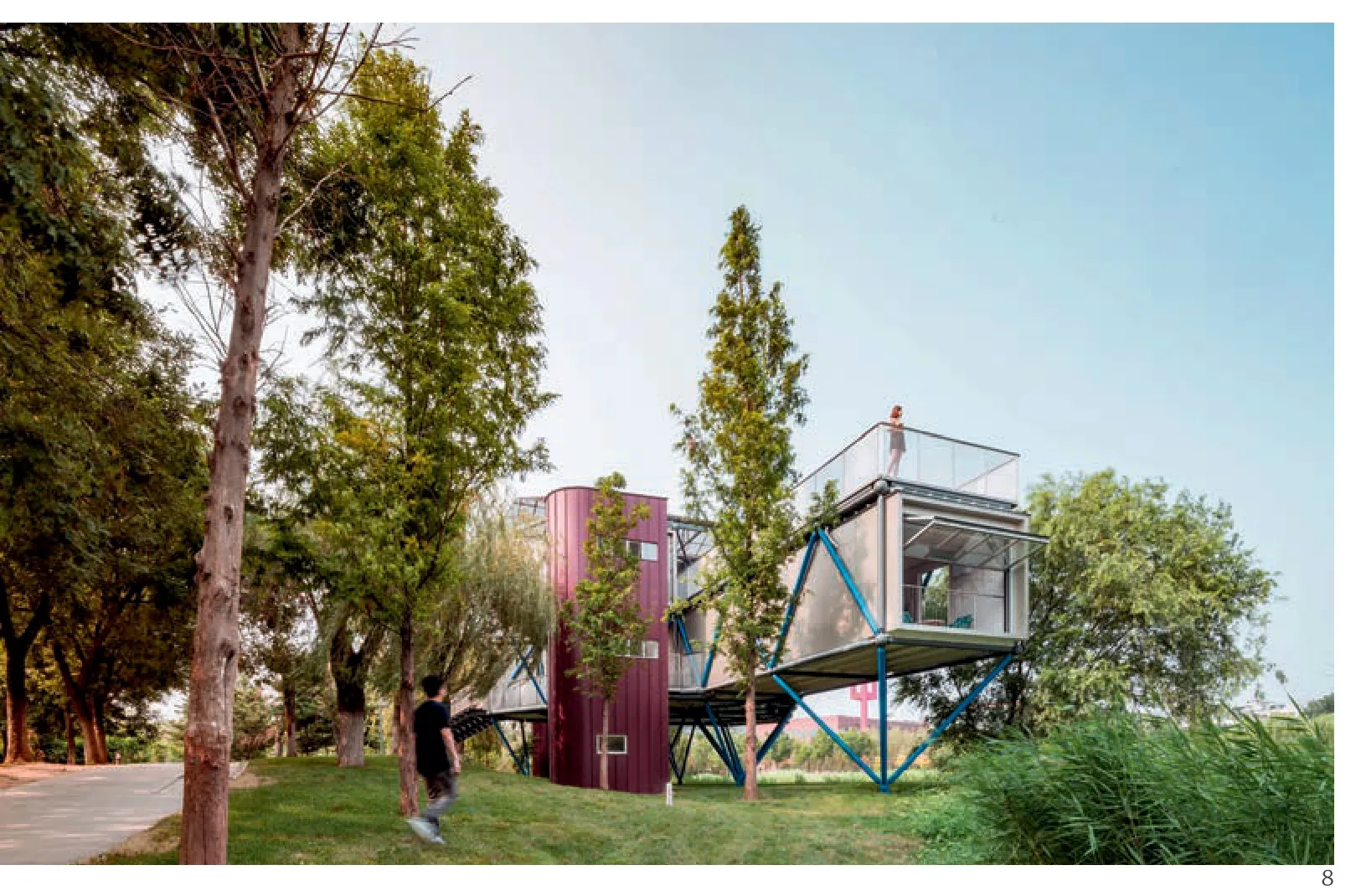
8 外景/Exterior view
The Lakeside Plug-in Tower is a mixeduse live/work space with an area of 480 square metres. It is developed in partnership with the Shenzhen Institute of Building Research, a leader in sustainable building design and urban development, as a prototype for the Xiong'an New District, an important "model city" currently being developed by the Central Government. Xiong'an is located 100km southwest of Beijing, and is planned as a clean, affordable and congestion free alternative to the capital city. To keep housing affordable in Xiong'an, all housing will be state-owned and subsidised by the government. It is conceived as a low carbon ecocity using 100% clean electricity with 10% of the area protected as permanent farmland.
To minimise the impact of the project to the site, the Lakeside Plug-in Tower sits on a foundation of distributed concrete piers. The entire building is raised one storey above the ground to allow for storm water to be absorbed into the ground. This aligns with China's Sponge City concept, a rethinking of the previous asphalt city to reduce extreme flooding and surface pollution in urban areas. The elevated building also allows abundant sunlight for the vegetation on the ground to grow vigorously.
The entire building is prefabricated to reduce cost and allow for efficient construction. The building envelope uses a panelised system developed by our office and is built separately from the steel structure. The modular Plug-in Panels allow for maximum flexibility throughout the life of the building. Locks are integrated into the panels allowing them to be installed manually by unskilled labour using simple tools. Over time, all the sections on each level can be expanded or relocated as needed, without affecting the rest of the building. This flexibility greatly extends the usability of the building while reducing the cost of future renovations.
The building is designed using near-zero energy building standards. The roof of the building is covered by solar panels. The Plug-in Panel enclosure is manufactured using highly energy efficient rigid insulation with floor heating integrated into the floor panels. Full height operable windows allow for maximum natural ventilation. Each floor is connected to service towers that contain vertical circulation and an off-the-grid sewage system that offers sustainable wastewater treatment on site.
The Lakeside Plug-in Tower offers a brand new vision of housing development for the New District by integrating the buildings into the natural environment with minimal impact. It is conceived as a system rather than a one-off approach and is an alternative to the typical government supported housing development. Examples of innovation in the project expand across scales and include the development of new building materials, a flexible structural system that can be changed over time, and integrated sustainable technologies.
